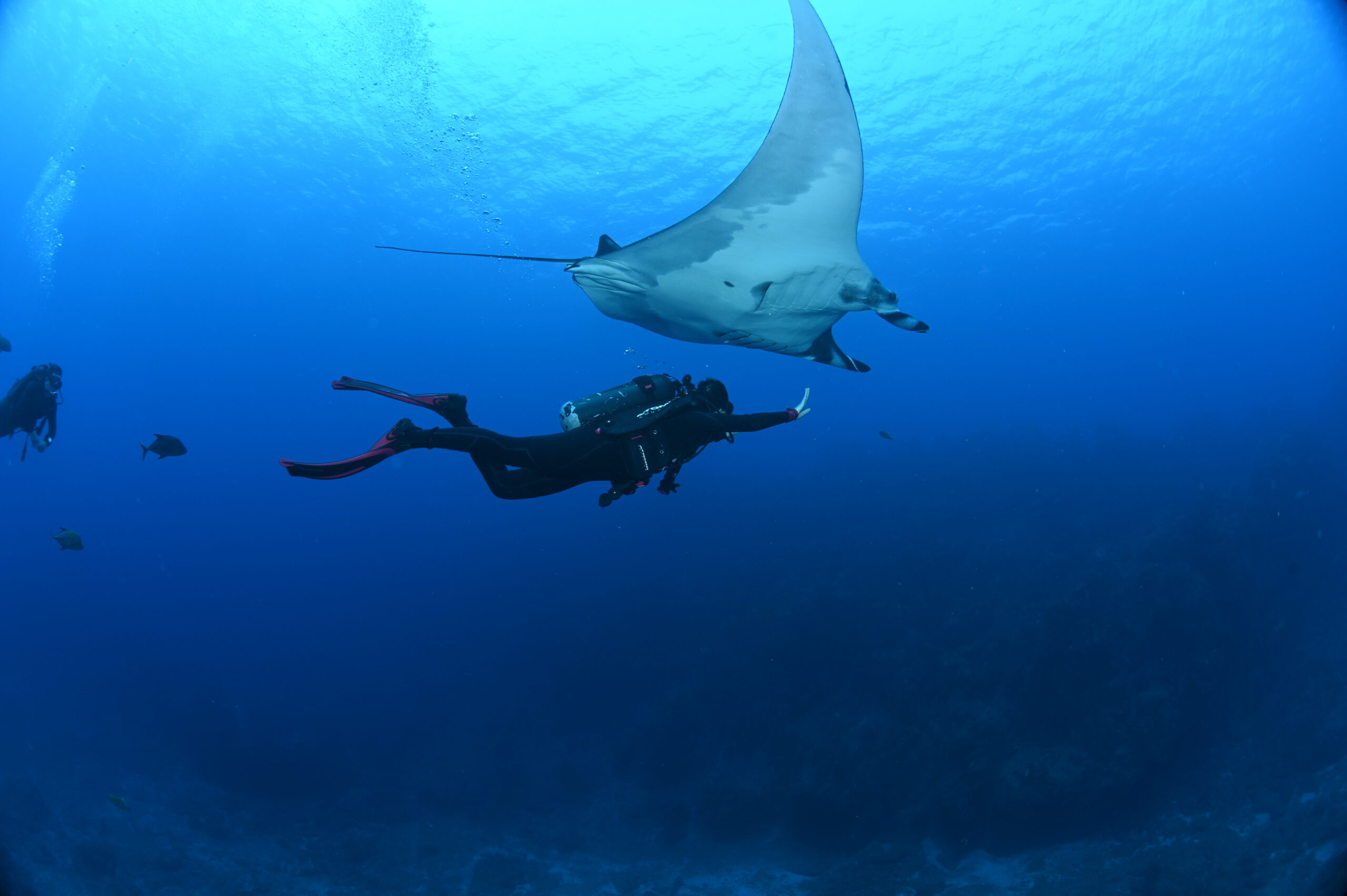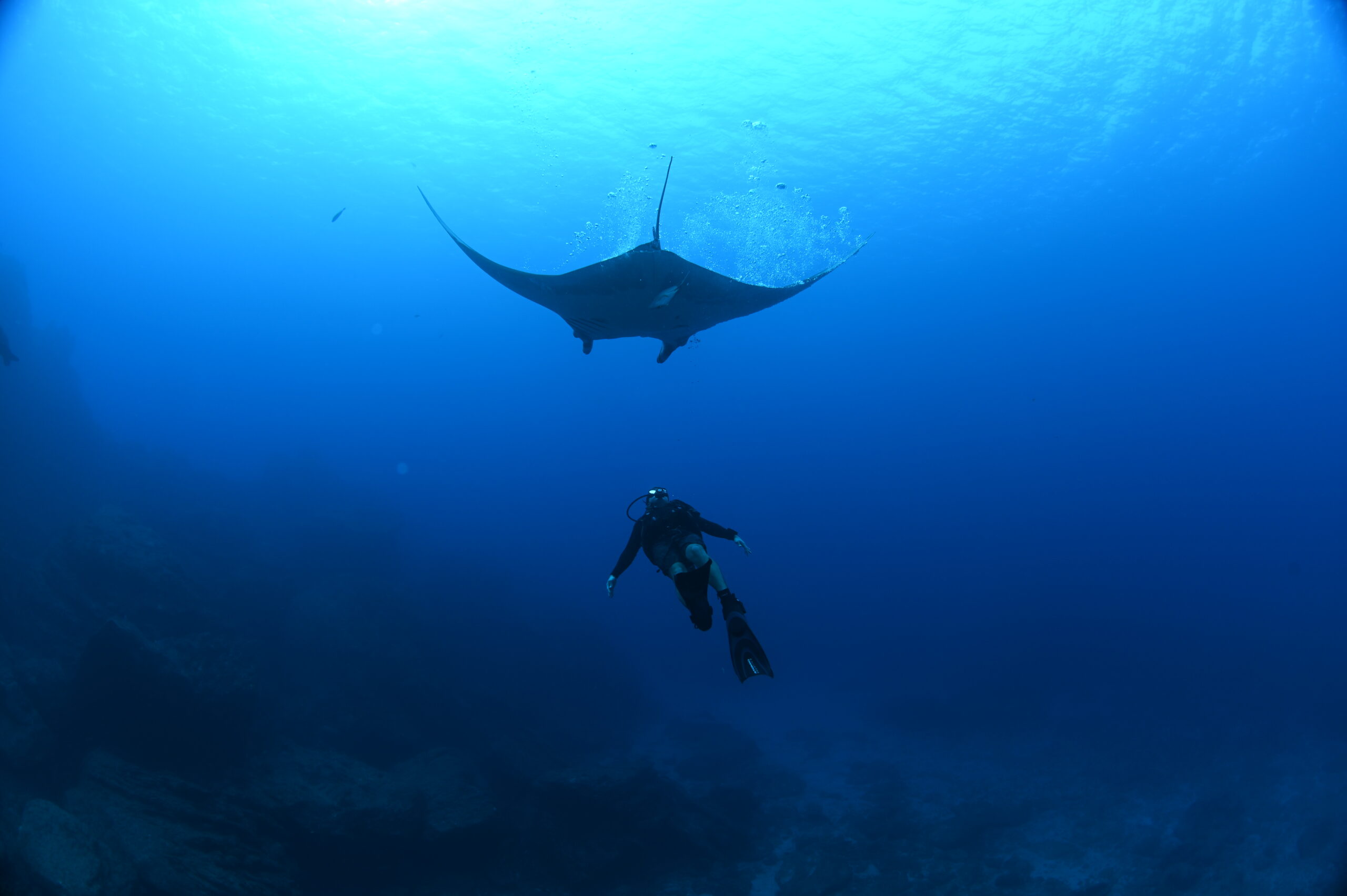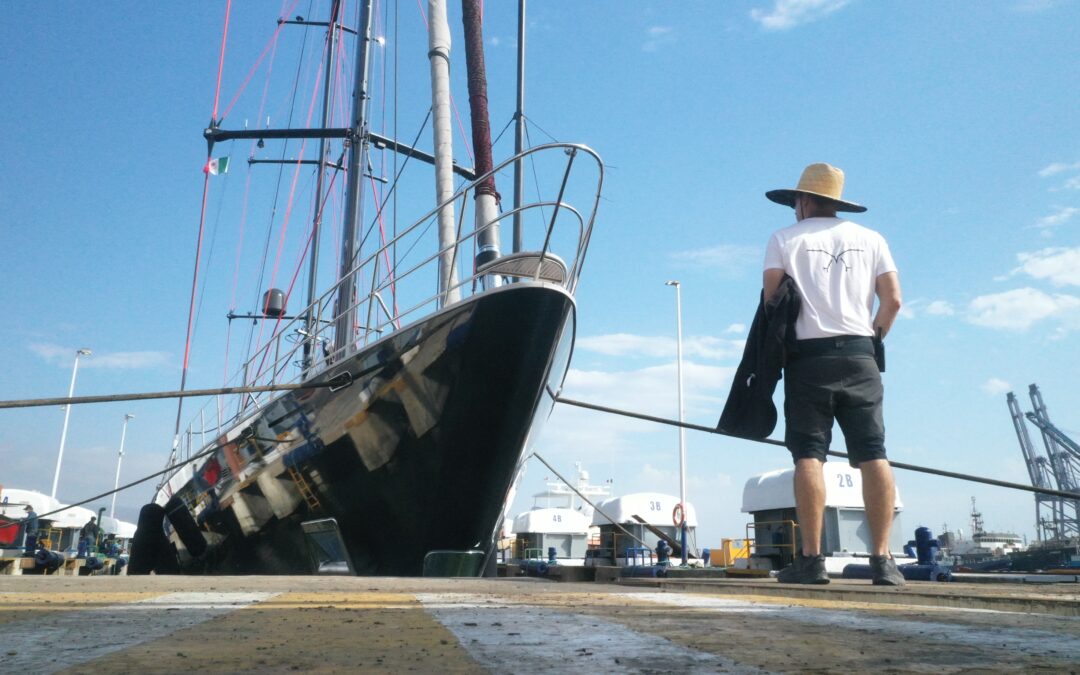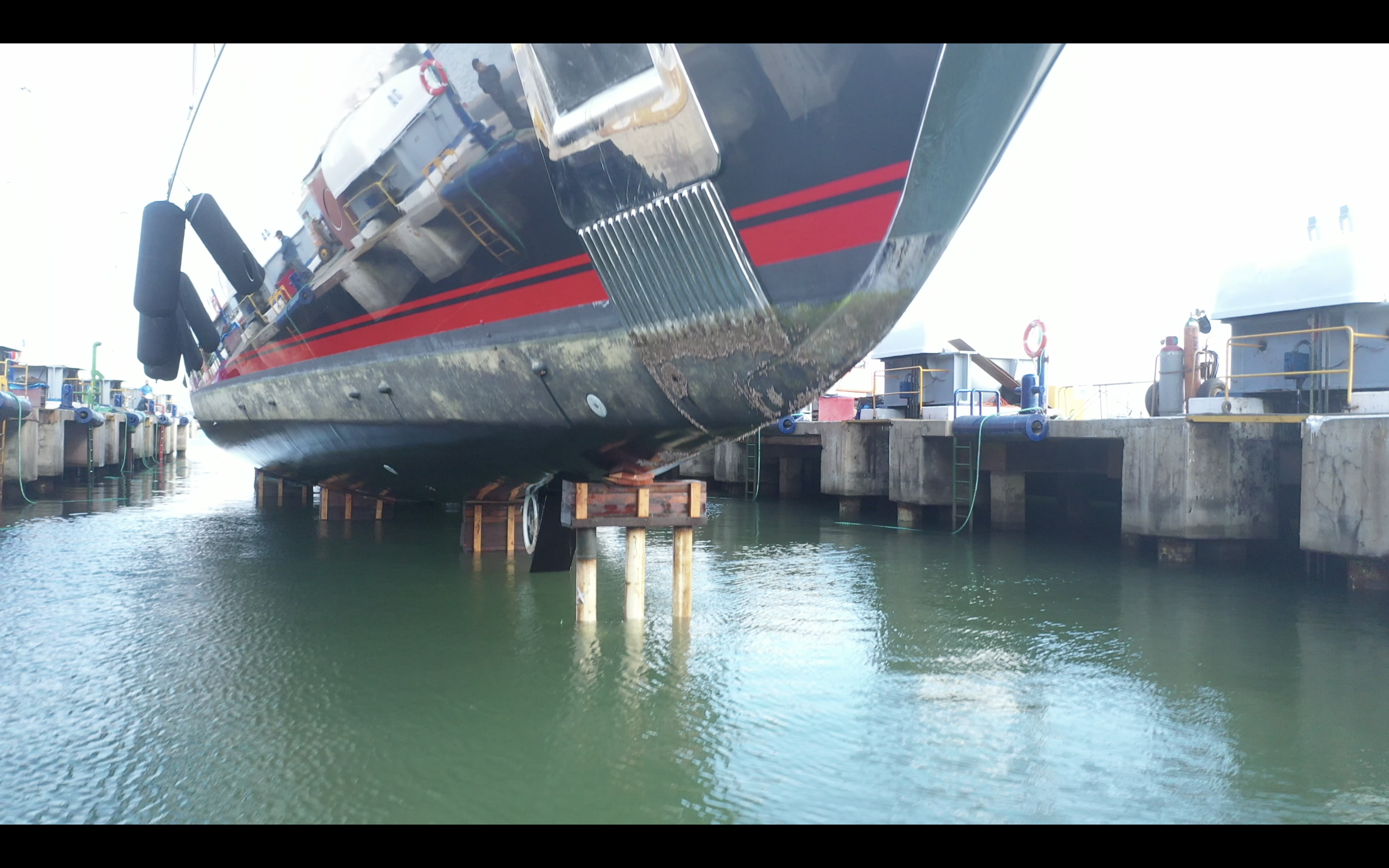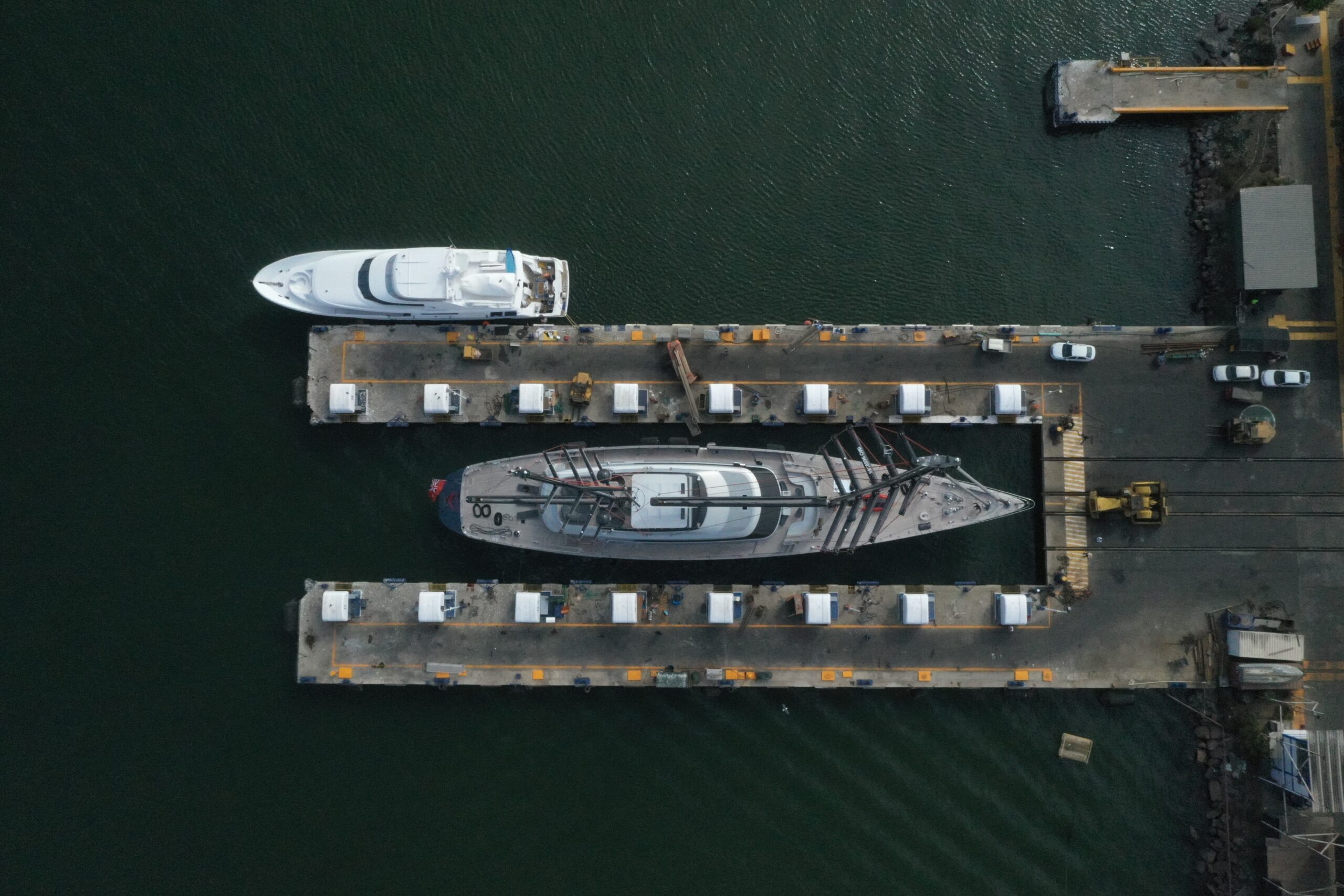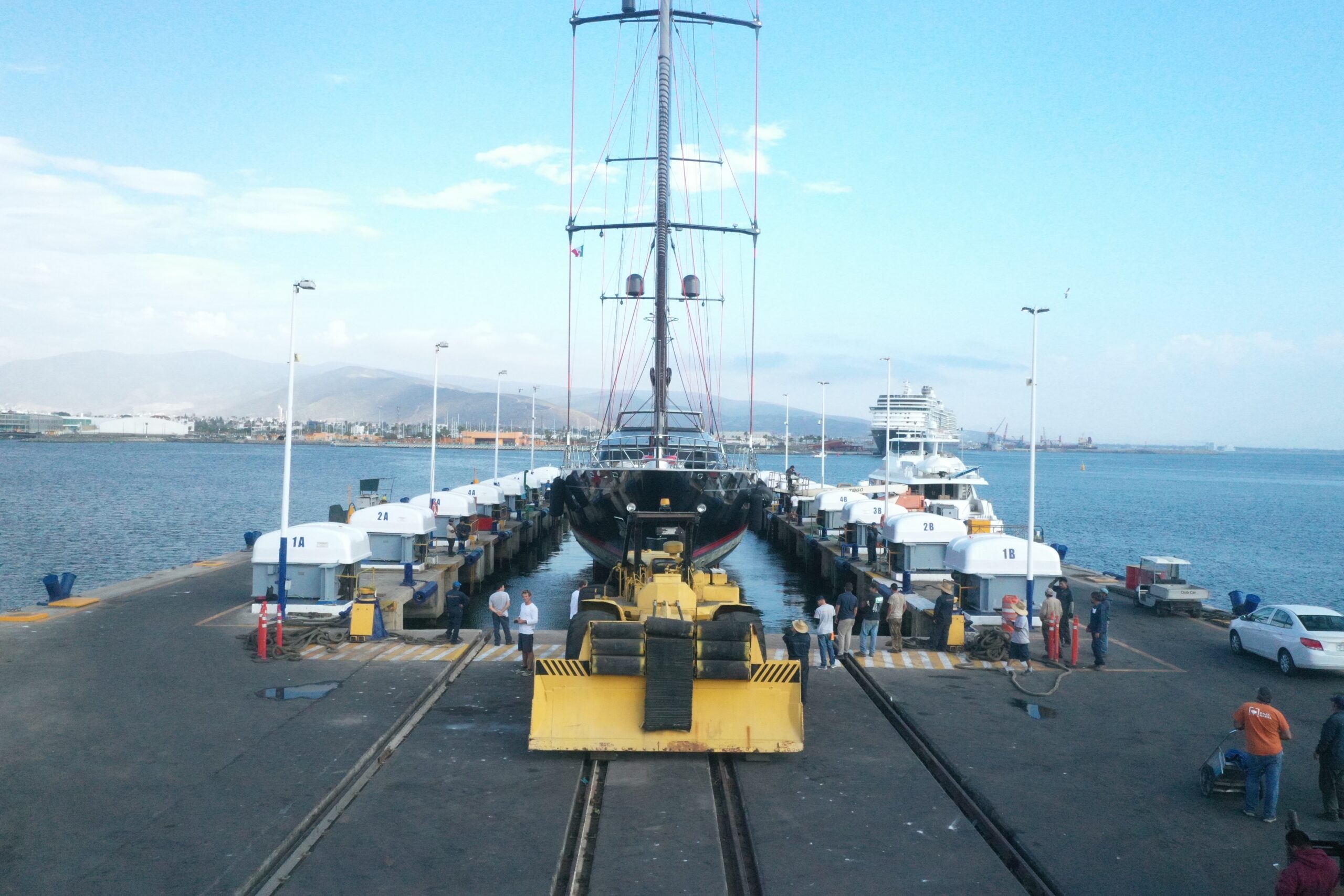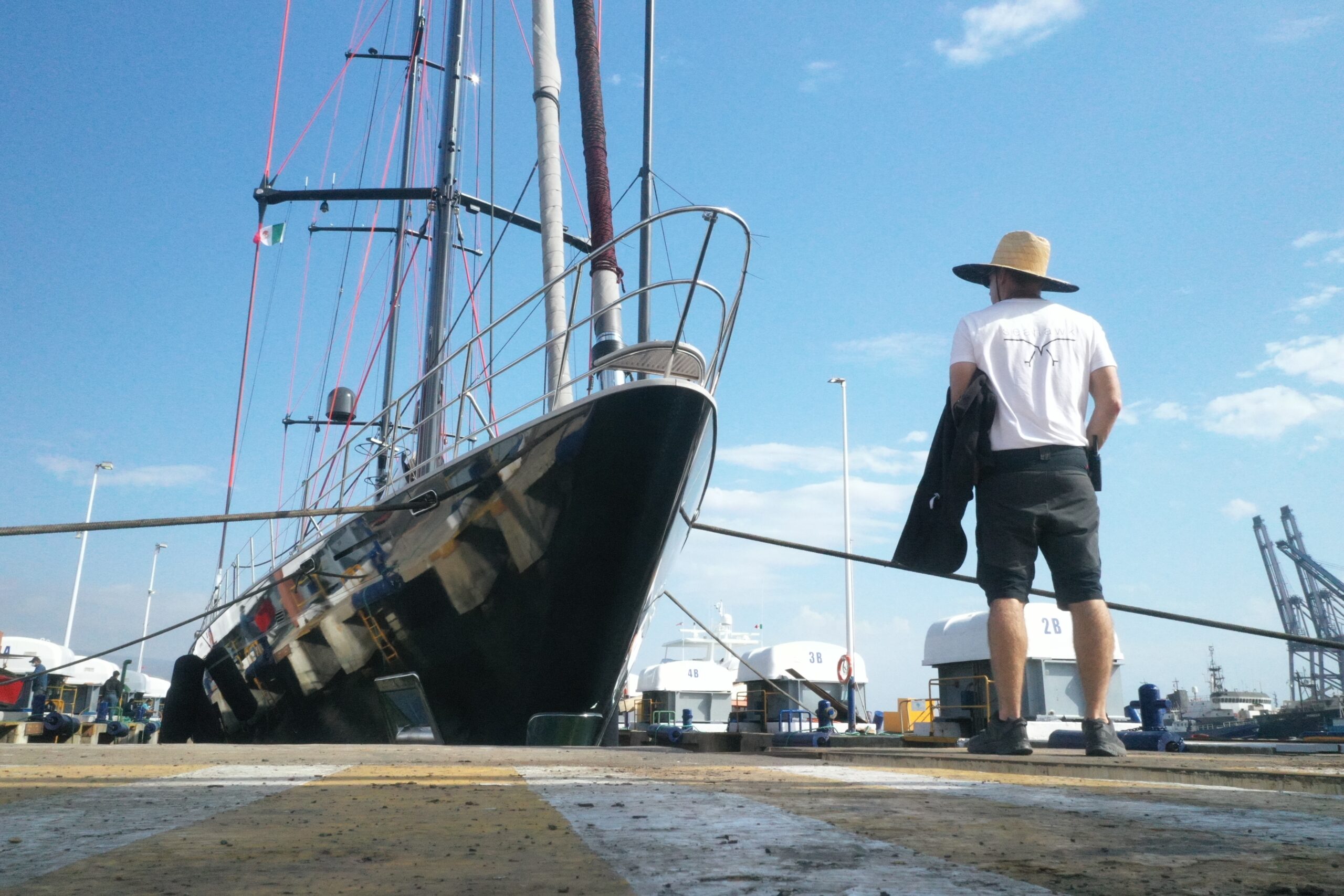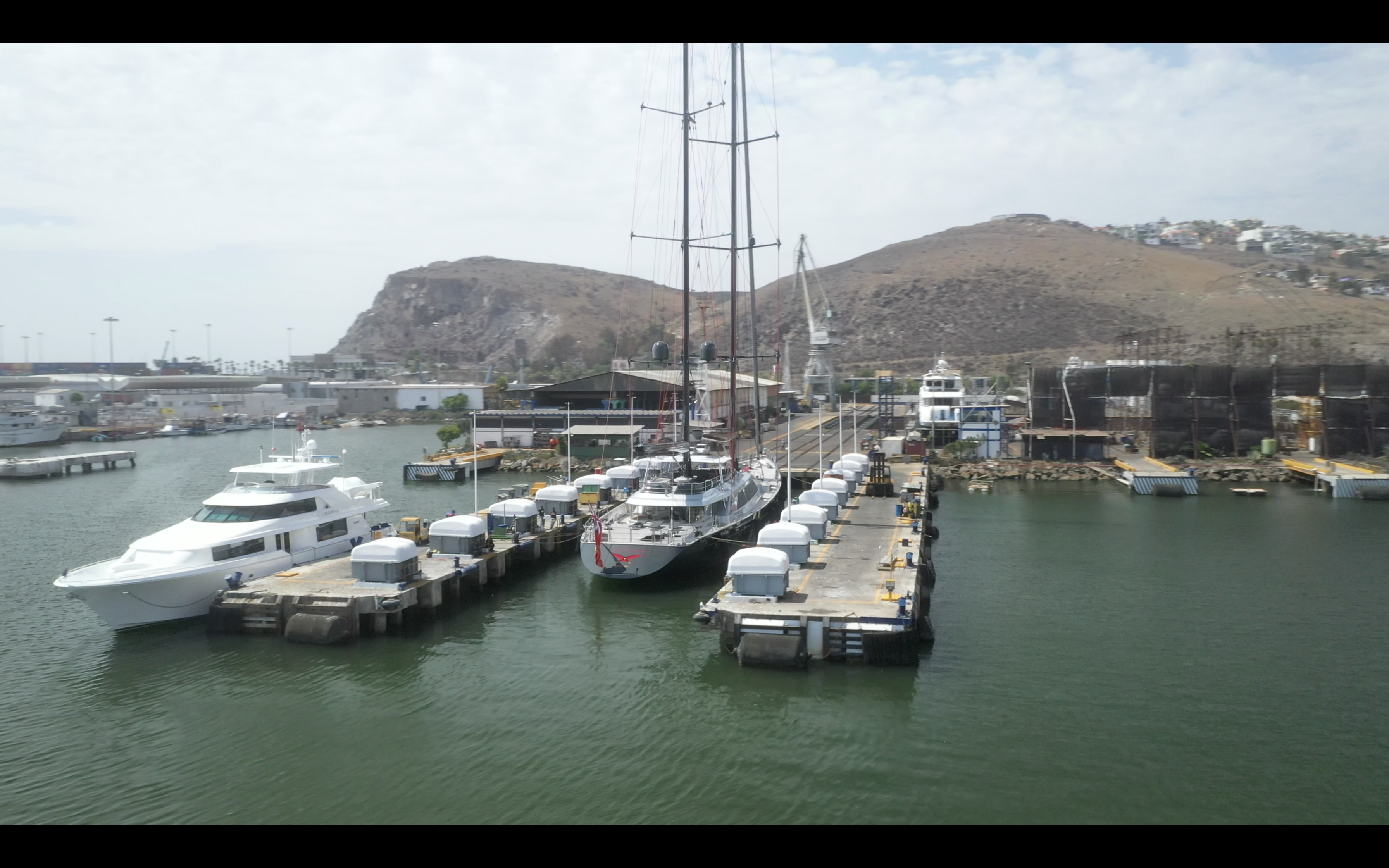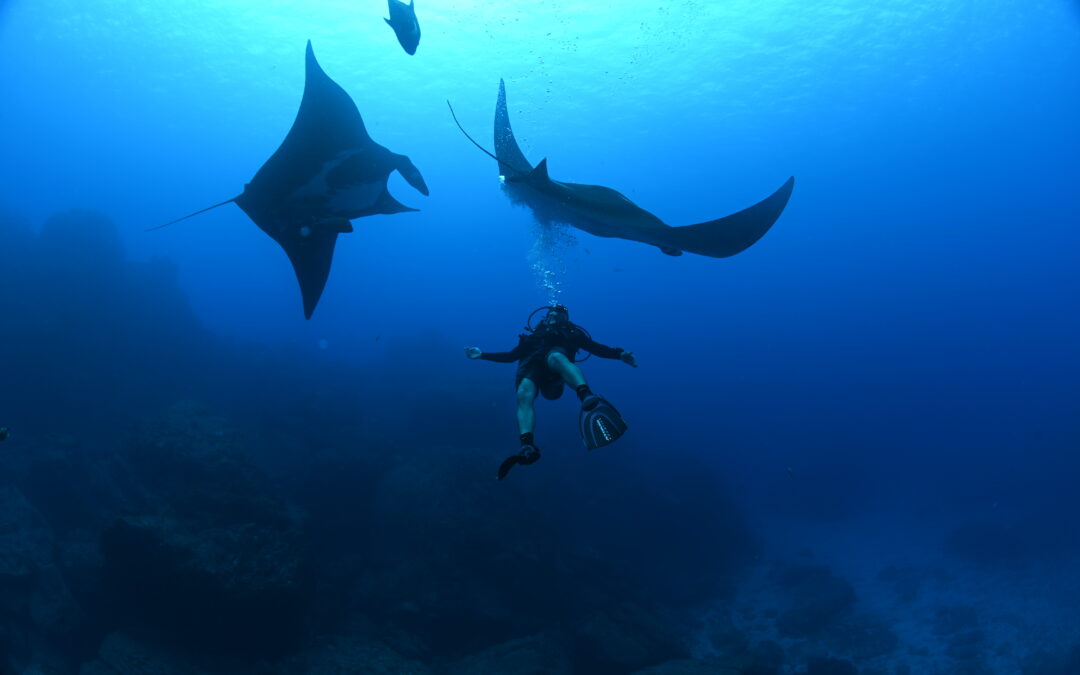
Mexico – Operation Swimway in Cabo Pulmo and Revillagigedo
The Revillagigedo archipelago was a blessing in disguise for Seahawk. The visit, courtesy of a mechanical problem, landed the yacht in Ensenada until well beyond the time when a safe, typhoon-free crossing to the South Pacific would be possible. While not part of the yacht’s original itinerary, a remarkable trip with outstanding diving and marine encounters was the result. Mostly, though, we are grateful for having the opportunity to collaborate with Pelagios Kakunja, a world-renowned marine conservation NGO, to better understand the migratory patterns of pelagic species including sharks. Sometimes good things happen when you go off course.
Pelagios Kakunja operates in Mexico studying the populations of sharks and mantas that inhabit its waters. Their goal is to provide research that helps implement conservation strategies for the different species of these territories, many of which are known for their rich biodiversity, but also under stress due to overfishing and other threatening anthropogenic practices.
After a few days exploring the mesmerizing surroundings of La Paz, Baja California, we were joined by scientists James Ketchum (Co-Founder of Pelagios), Miguel Grau (Field Technician), and experienced fisherman Alejandro Romero. And so the expedition “Operation Swimway” began. The main objective was the installation of new acoustic receivers and BRUVS (Baited Remote Underwater Video System) in strategic areas, the maintenance of legacy receivers, and the tagging of additional sharks, whose fastened transmitters will provide data on behavior and migration patterns.
The technology used by Pelagios has been a popular tool among experts studying the movements of migratory marine animals. In the case of Pelagios’s work, tagged sharks in the proximity of the receivers send signals that identify the individual animal and its time of encounter, along with several other parameters.

The data on this acoustical sensors is then accessed by retrieving the receivers from the strategically fixed locations where they’ve been installed, a process that is done after 18 months or more. With enough receivers and transmitters installed and working together, a map of the species’ movements can be created, revealing migration patterns in and across the MPAs (Marine Protected Areas).
The information gathered on Operation Swimway intends to further the research on migration patterns; critical information that will benefit the creation of protected corridors between the MPAs of the Gulf of California and the Mexican Pacific.
As for the BRUVS, they are useful for collecting data near important areas such as cleaning stations. These cameras gather information on shark behavior, such as feeding patterns and reproduction, thereby facilitating a more comprehensive picture of species’ life function and relationship to the environment.
In the days we spent cruising the waters of Cabo Pulmo and Revillagigedo, Pelagios managed to install 1 new receiver in Cabo Pulmo, renew a total of 7, and tag 4 sharks (two sharks with acoustic transmitters and two with satellite ones).

The owners, guests, and crew on board Seahawk also had the opportunity to attend educational presentations made by James and Miguel, who taught us about the research being conducted in the present and how the receivers installed work to gather valuable data. We also learned about the different species of marine life encountered in the areas visited and their conservation status.
Our experience exploring the underwater world of the Sea of Cortez and the Mexican Pacific is a highlight on Seahawk’s journey. From bull sharks in Cabo Pulmo to schools of scalloped hammerheads in the islands of Revillagigedo, along with the many encounters with the oceanic manta rays, magnificent gentle giants with wing spans of up to 25 feet, we are in awe of what the marine world holds.
Sadly, though, evidence points to the decline of sharks and reef fish in the past 20 years around most of the areas we visited. Industrial and unregulated fishing is a concern and a constant threat for many of these species. Pelagic fish migrating long distances, away from the protected areas for mating or feeding, are a special worry.
There is cause for optimism, however. Increasingly, there are inspiring stories that suggest positive change is in the wind. Oftentimes, the local communities negatively affected a declining environment successfully advocate for change. Cabo Pulmo National Park, 50NM south of La Paz, is an MPA with thriving marine life. But it wasn’t long ago that the region’s coral reefs and aquatic life were on the brink of collapsing, due in majority to overfishing and pollution. As studies started to be conducted on the area and locals became aware of the damage, the community came together in an effort to make Cabo Pulmo a protected area. Today, the town has a sustainable business model based on ecotourism and enjoys a healthy underwater world that keeps on giving income; marine animals, such as the resident group of bull sharks that inhabit the region, are more valuable alive than dead.
Seahawk’s expedition in Mexico represents an important milestone. It reflects an aspiration to actively contribute to reverse damage to the environment by leveraging science, education, and technology in concert with the local experts best equipped to guide the effort. We hope Seahawk’s participation in “Operation Swimway” with YachtAid Global and Pelagios Kakunja helps protect bigger areas and create more MPAs, while serving to push conservation efforts even further. At the very least, all those involved come away knowing that a world without sharks is a poorer world and one that is likely unsustainable.

